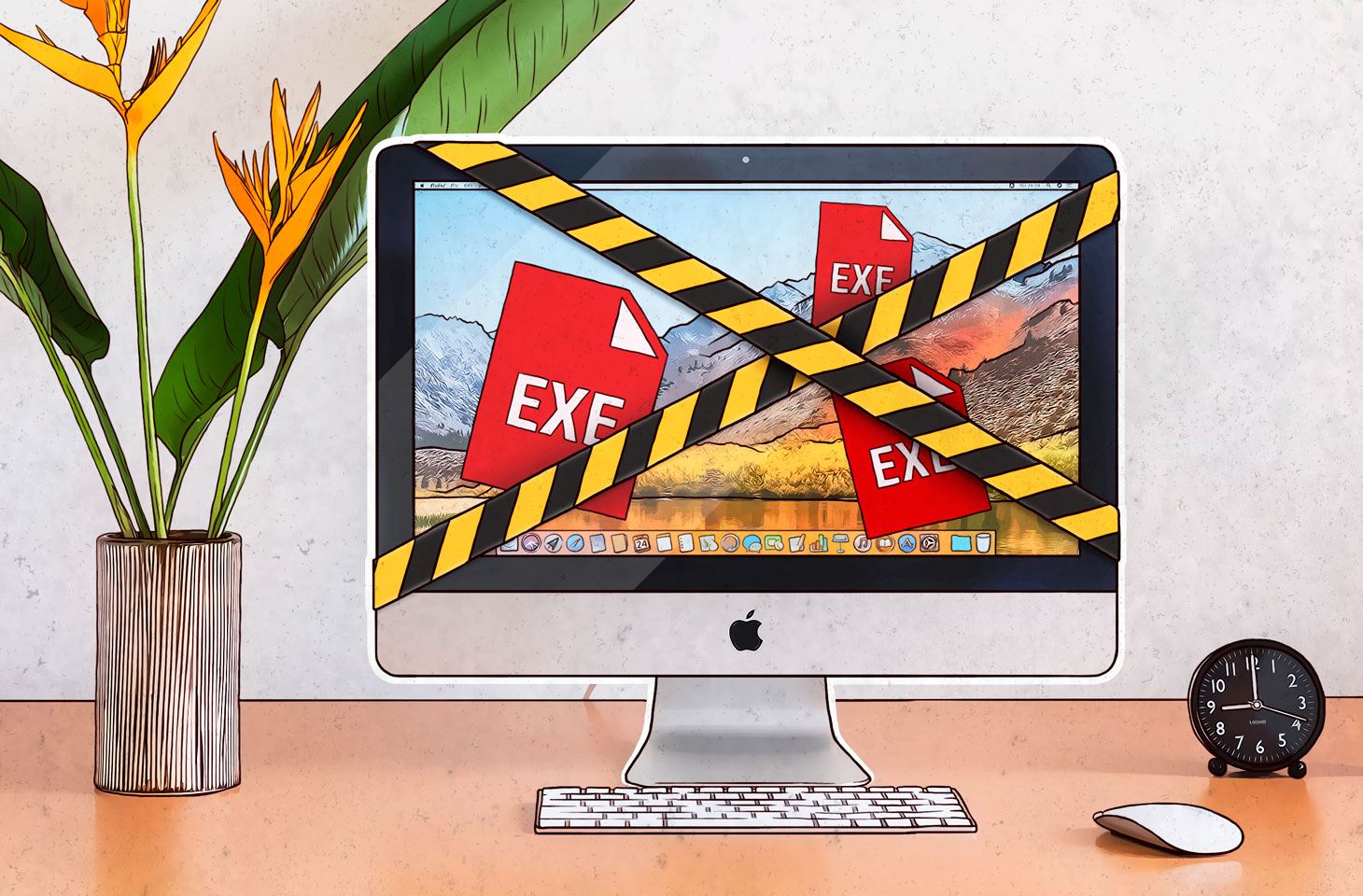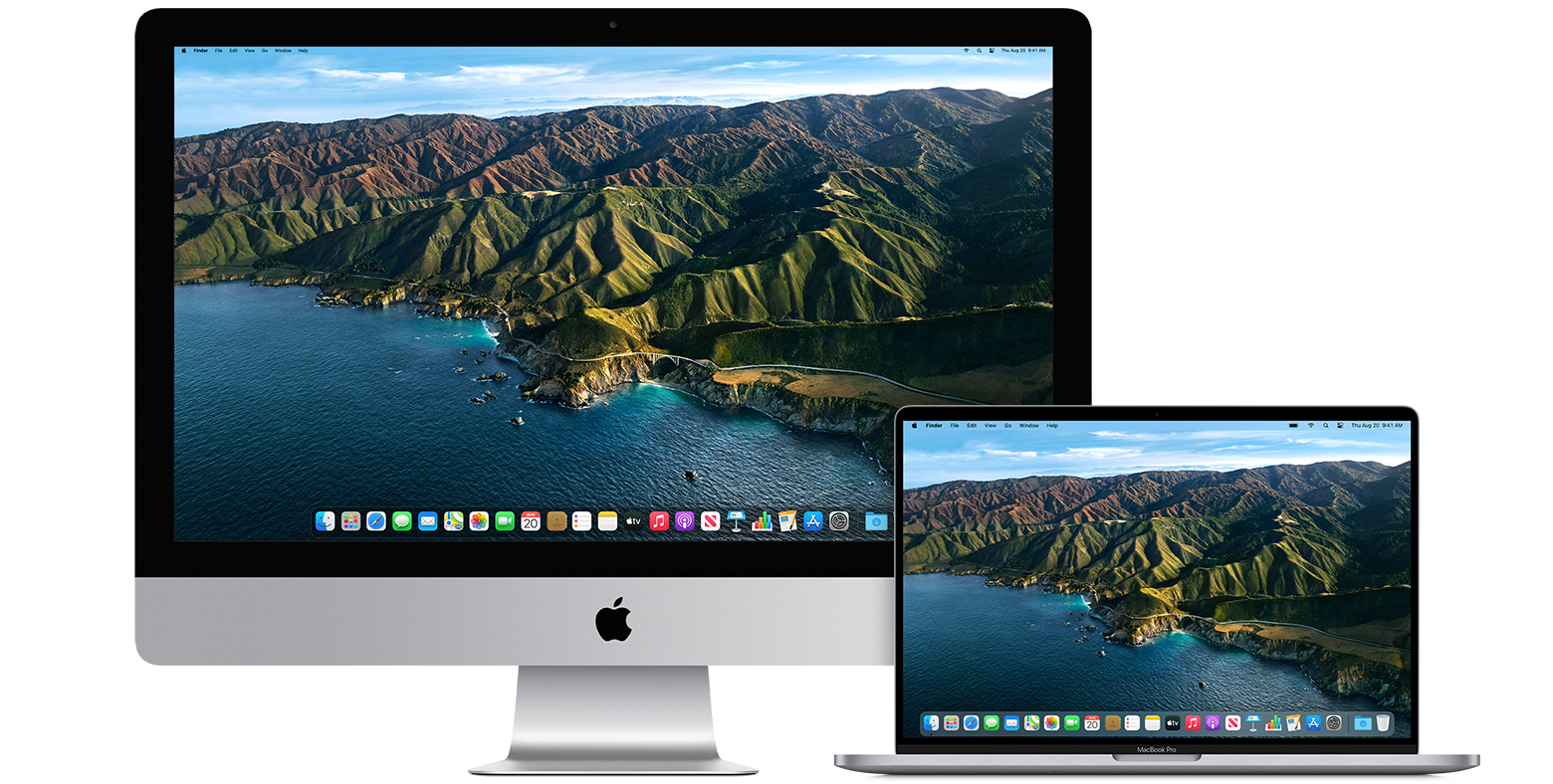macOS Big Sur takes the most advanced operating system in the world to a whole new level of power and beauty, and makes your apps look better than ever. Widgets and the widget gallery help you deliver more value to your users. Adding intelligence to your apps with machine learning is simple with extensive tools, models, training capabilities, and APIs. You can create more powerful Mac versions of your iPad apps with Mac Catalyst. And you can easily bring your extensions to Safari — and to the App Store.
Enter your computer administrator's username and password. Change Allow apps downloaded from: to App Store and identified developers. Note: For Mac High Sierra (10.13.x), you will need to click on Allow too. MacOS – Computer Authorizations. Sign in with your Apple ID (if you’re haven’t already). Navigate to Account on the menu bar at the top of your screen. Select View My Account. Enter your password, then hit the Enter/Return key or click/tap the Sign In button. Scroll down to the Apple ID Summary section, as shown above.
All-new Interface
macOS Big Sur brings a new design that’s been finely tuned for the powerful features that make a Mac a Mac. Core features, such as the menu bar and Dock, take advantage of the large Mac display, with translucent backings and spacious pull-down menus. The new Control Center, designed just for Mac, provides quick access to controls while keeping the menu bar clutter-free. Notification Center puts recent notifications and powerful new widgets together in a single view for at-a-glance information as you work. And a streamlined new design for apps features full-height sidebars and integrated toolbar buttons.
Widgets
Mac Os Computer
Easily build widgets using the WidgetKit framework and the new widget API for SwiftUI. Widgets now come in multiple sizes, and users can visit the new widget gallery to search, preview sizes, and add them to Notification Center to access important details at a glance.
Safari Extensions
With support for the popular WebExtension API, it’s even easier to bring powerful extensions to Safari. Xcode 12 even includes a porting tool to streamline the process.
The new Extensions category on the Mac App Store showcases Safari extensions, with editorial spotlights and top charts to help users discover and download great extensions from the developer community.
Machine Learning
With macOS Big Sur, creating apps that leverage the power of machine learning is even easier and more extensive with additional tools in Core ML for model deployment, new models and training capabilities in Create ML, more APIs for vision and natural language, and improved resources for training on Mac and converting models to Core ML format.
Mac Catalyst
Create even more powerful Mac versions of your iPad apps. Apps built with Mac Catalyst now take on the new look of macOS Big Sur and help you better define the look and behavior of your apps. You can choose to turn off automatic scaling of iPad controls and layout, allowing you to precisely place every pixel on the screen. Provide full control of your app using just the keyboard, take advantage of the updated Photos picker, access more iOS frameworks, and more.
User privacy on the App Store
The Mac App Store helps users better understand apps’ privacy practices. You’ll need to enter your privacy practice details into App Store Connect for display on your product page.
Tools and resources
Use Xcode 12 and these resources to build apps for macOS Big Sur.
If you own an iPhone, iPad, iPod or some other iOS-based device, you will never need to worry about authorizing and de-authorizing your device for iTunes. The authorization/de-authorization process only pertains to computers running MacOS and Windows 10. That said, you can have an unlimited number of iOS devices accessing iTunes and your Apple ID account, but you’re locked to only five computers. Our guide shows you how to authorize a computer on iTunes and de-authorize those you no longer use.
Windows 10
For starters, Apple provides iTunes two ways for Windows-based devices: The traditional desktop software version in 64-bit and 32-bit formats and as an app through the Microsoft Store. For our guide, we use the Windows 10 app.
Authorize iTunes
- Open iTunes.
- Sign in with your Apple ID (if you’re haven’t already).
- Navigate to Account on the menu bar at the top of the iTunes window. If it’s not visually available on the desktop edition, type Control + B on your keyboard.
- Select Authorizations.
- Select Authorize This Computer.
- Enter your password, then hit the Enter/Return key or click/tap the Authorize button.
Deauthorize iTunes
- Open iTunes.
- Sign in with your Apple ID (if you’re haven’t already).
- Navigate to Account on the menu bar at the top of the iTunes window. If it’s not visually available on the desktop edition, type Control + B on your keyboard.
- Select Authorizations.
- Select Deauthorize This Computer.
- Enter your password, then hit the Enter/Return key or click/tap the Deauthorize button.
MacOS
Macos Computer Name Terminal

Authorize iTunes
- Open iTunes.
- Sign in with your Apple ID (if you’re haven’t already).
- Navigate to Account on the menu bar at the top of your screen.
- Select Authorizations.
- Select Authorize This Computer.
- Enter your password, then hit the Enter/Return key or click/tap the Authorize button.
Deauthorize iTunes
- Open iTunes.
- Sign in with your Apple ID (if you’re haven’t already).
- Navigate to Account on the menu bar at the top of your screen.
- Select Authorizations.
- Select Deauthorize This Computer.
- Enter your password, then hit the Enter/Return key or click/tap the Deauthorize button.
Check your list of authorized devices
If you’re trying to authorize a device and it’s rejected, you may have too many devices on your Apple ID’s authorized list. As previously stated, the computer limit is five, so you’ll need to check your list for devices that are authorized but no longer using iTunes, like an old laptop or a fried desktop.

There are two ways to see the number of authorizations you have available. First, the Computer Authorizations section provides an associated number. If you don’t have more than one authorized computer, you won’t see the Computer Authorizations section on your screen.
If you already have five authorized computers, your only option to authorize a new device is to click/tap on the Deauthorize All button and manually authorize each computer you want to access iTunes.
Windows 10 – Computer Authorizations
- Open iTunes.
- Sign in with your Apple ID (if you’re haven’t already).
- Navigate to Account on the menu bar at the top of the iTunes window. If it’s not visually available on the desktop edition, type Control + B on your keyboard.
- Select View My Account.
- Enter your password, then hit the Enter/Return key or click/tap the Sign In button.
- Scroll down to the Apple ID Summary section, as shown above. In our case, we have a Windows 10- and a MacOS-based device authorized to use iTunes.
According to Apple, your Windows 10 PC may be using multiple authorizations if you didn’t de-authorize the device before upgrading the hardware or re-installing Windows 10. To use only one authorization, you will need to de-authorize the PC several times until it’s no longer using an authorization, and then re-authorize the device.
MacOS – Computer Authorizations

- Open iTunes.
- Sign in with your Apple ID (if you’re haven’t already).
- Navigate to Account on the menu bar at the top of your screen.
- Select View My Account.
- Enter your password, then hit the Enter/Return key or click/tap the Sign In button.
- Scroll down to the Apple ID Summary section, as shown above. In our case, we have a Windows 10- and a MacOS-based device authorized to use iTunes.
Now here is a way to see a list of all authorized devices based on Windows 10, MacOS and iOS:
Windows 10 – Manage Devices
- Open iTunes.
- Sign in with your Apple ID (if you’re haven’t already).
- Navigate to Account on the menu bar at the top of the iTunes window. If it’s not visually available on the desktop edition, type Control + B on your keyboard.
- Select View My Account.
- Enter your password, then hit the Enter/Return key or click/tap the Sign In button.
- Scroll down to the iTunes in the Cloud section, as shown above, and click on the Manage Devices link.
- On the next Manage Devices screen, you’ll see all authorized Windows, MacOS and iOS devices.
- De-authorize a device if allowed.
MacOS – Manage Devices
- Open iTunes.
- Sign in with your Apple ID (if you’re haven’t already).
- Navigate to Account on the menu bar at the top of your screen.
- Select View My Account.
- Enter your password, then hit the Enter/Return key or click/tap the Sign In button.
- Scroll down to the iTunes in the Cloud section, as shown above, and click on the Manage Devices link.
- On the next Manage Devices screen, you’ll see all authorized Windows, MacOS and iOS devices.
- De-authorize a device if allowed.
Best car mounts for iPad
Apple Watch vs Fitbit Blaze – which is right for your lifestyle?

How to pair wireless headphones to the iPhone 7 / 7 Plus
Apple iPad Air 2 vs iPad Mini 4 (2020)
iPhone 7 vs iPhone 7 Plus: which should you buy?
 May—03—2020 12:00AM EDT
May—03—2020 12:00AM EDT